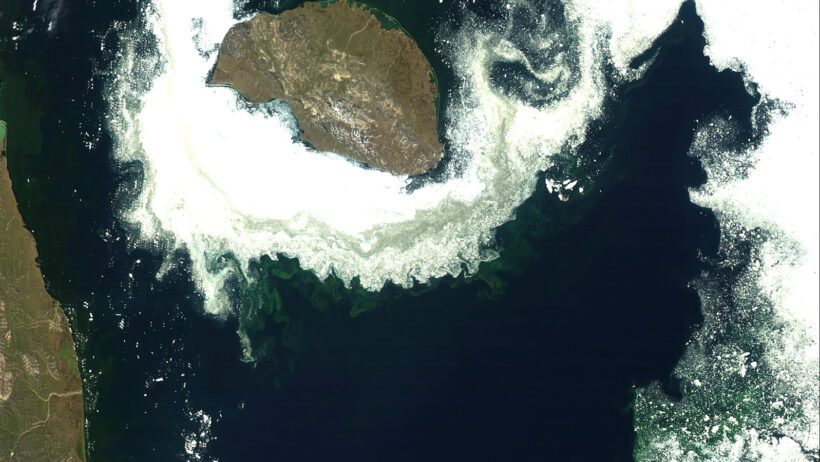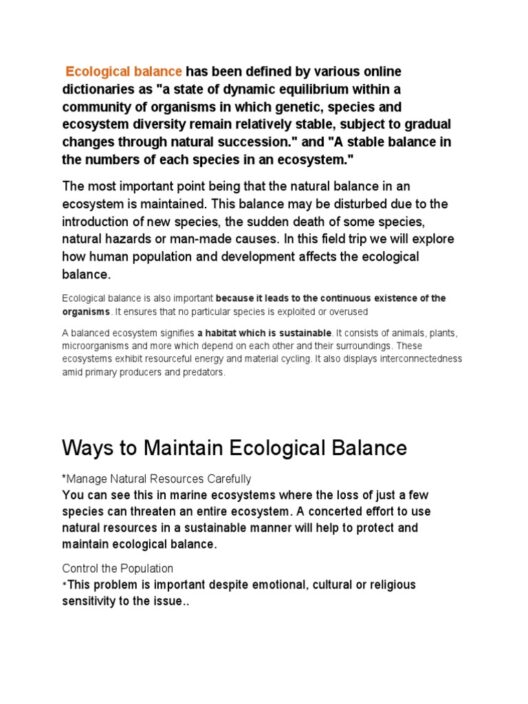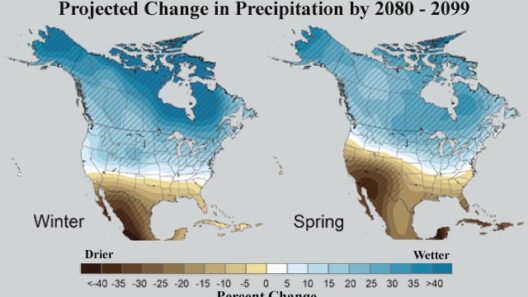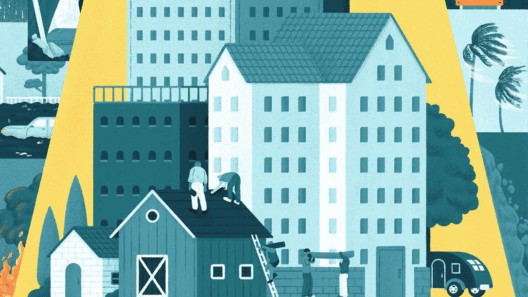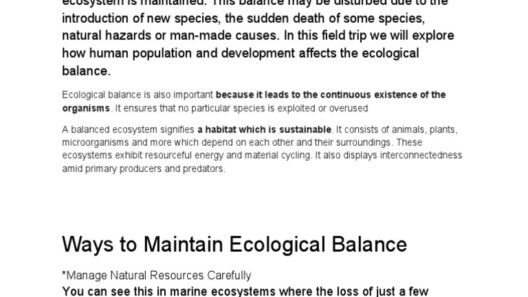As the planet warms, a perilous question emerges: what happens when nature’s vital carbon sinks begin to falter? This predicament, while not entirely novel, is becoming increasingly urgent in the context of global warming. Carbon sinks — ecosystems such as forests, oceans, and wetlands that absorb more carbon dioxide than they release — play a crucial role in regulating Earth’s climate. However, rising temperatures and shifting environmental conditions threaten to disrupt this delicate equilibrium.
The mechanics of carbon sinks are complex yet fascinating. Forests, for instance, are often characterized as the lungs of our planet, wherein trees engage in photosynthesis to absorb atmospheric CO2. Estimates suggest that forests currently sequester approximately 2.6 billion metric tons of carbon dioxide each year. However, the health of these forests is jeopardized by increased incidence of wildfires, pests, and diseases driven by climate change. As these pressures mount, trees may struggle to capture carbon, exacerbating the very problem they work to mitigate.
Oceans, the planet’s most expansive carbon sink, are also experiencing dire consequences. Phytoplankton, microscopic plants that thrive in sunlight and absorb CO2 during photosynthesis, are critical to this process. However, rising water temperatures and acidification from increased CO2 levels present significant challenges. Warmer waters can lead to shifts in phytoplankton populations, disrupting the marine food web. This has cascading effects, not just for marine biodiversity but also for the human populations that rely on these ecosystems for survival.
Wetlands, often referred to as nature’s sponges, store immense amounts of carbon in their saturated soils. They play an integral role in flood control, water purification, and biodiversity support. However, as sea levels rise and flooding becomes increasingly erratic, many wetlands are becoming inundated. This not only reduces their ability to store carbon but also leads to the release of previously stored carbon back into the atmosphere—a phenomenon known as carbon feedback. As wetland areas diminish, the cycle of carbon emissions may accelerate, thus intensifying global warming.
The interplay of global warming and carbon sinks is complex and multifaceted. It poses a unique challenge: as the climate warms, will these natural reservoirs continue to function as effective buffers against increasing greenhouse gas concentrations? Emerging research suggests that we are rapidly reaching a tipping point where carbon sinks could become sources of emissions rather than sequesters. This scenario paints a grim future, as the ability to modulate Earth’s climate diminishes.
Moreover, the effects of global warming on carbon sinks are not uniform. Regions widely recognized for their carbon-storing capabilities, such as the Amazon rainforest, are under grave threat. Deforestation, prompted by agricultural expansion and logging, is further compounded by climate stressors. The feedback loop of reduced carbon uptake leads to increased atmospheric CO2, which in turn raises global temperatures, impacting the forest’s ability to regenerate and heal.
The prospect of losing these vital carbon reservoirs raises an important question: what can be done to mitigate this impending crisis? Several strategies emerge, each bringing a unique approach to preservation and restoration. For one, reforestation and afforestation efforts are vital. Planting trees not only enhances carbon sequestration but also promotes biodiversity. Local communities can be engaged in these efforts, ensuring that the measures taken are culturally sensitive and ecologically sound.
Additionally, enhancing the resilience of existing ecosystems is critical. This means investing in sustainable practices that support the health of forests, oceans, and wetlands. Policies aimed at reducing greenhouse gas emissions on a global scale must prioritize the preservation of these natural carbon sinks. By transitioning to renewable energy, improving energy efficiency, and fostering sustainable agricultural practices, humanity can slow down the rate of climate change.
Education and advocacy also play pivotal roles. Environmental awareness campaigns can instigate a call to action, mobilizing community efforts toward conservation. When individuals understand their impact—whether through carbon footprints, deepening their appreciation for local ecosystems, or actively participating in restoration projects—they are more likely to engage positively with the environment. Collective action at a grassroots level can push policymakers toward robust environmental legislation.
The challenge posed by the deterioration of carbon sinks is not insurmountable, but it requires concerted effort and innovative solutions. We must ask ourselves: can we prioritize the preservation of these ecosystems in pursuit of a sustainable future? The stakes are high, with the potential consequences for biodiversity, climate stability, and human livelihoods at risk. Hence, it becomes imperative that we adopt a holistic view of the planet’s ecological systems, recognizing that the fate of carbon sinks is intrinsically linked to the fate of humanity itself.
As we navigate the complexities of global warming, let us remember that our actions today can have profound impacts on future generations. Protecting and restoring carbon sinks not only serves to counteract climate change but also fosters a richer, more vibrant world. It is a responsibility that we must collectively shoulder as stewards of this planet. The balance of nature hangs in the balance, and it is up to us to ensure that it remains steadfast in the face of adversity.



